Laser welding is a high-precision welding technique that uses a concentrated beam of light, or laser, to fuse materials together. This process is widely used in industries that require fine detail and precision, such as aerospace, automotive, medical device manufacturing, and electronics. Laser welding is known for its ability to create strong, clean joints with minimal heat, making it ideal for joining thin or delicate materials. In this article, we’ll dive into the basics of laser welding, its advantages and disadvantages, and the different types of lasers used for welding.
About Laser Welding
Laser welding involves directing a high-energy laser beam onto the materials being joined. The focused light energy heats and melts the materials at the joint, allowing them to fuse as they cool. Unlike traditional welding methods, which may require electrodes or filler materials, laser welding often creates a strong bond without additional materials. This makes it a clean, efficient process that’s especially suitable for high-precision applications.
Laser welding can be conducted in two primary modes: conduction welding and keyhole welding:
- Conduction Welding: In this mode, the laser heats the surface of the material to create a shallow, wide weld. This method is commonly used for joining thin materials where minimal heat input is preferred.
- Keyhole Welding: In keyhole welding, the laser is powerful enough to create a deep, narrow weld by vaporizing the material and forming a “keyhole” that enhances penetration. Keyhole welding is ideal for thicker materials and applications requiring a strong, deep bond.
Laser welding is valued for its precision and speed, allowing manufacturers to create intricate welds quickly and with minimal impact on the surrounding material.
Pros and Cons of Laser Welding
Laser welding offers several advantages, but it also comes with some limitations. Here’s a closer look at the pros and cons of this innovative technique:
Pros of Laser Welding
- High Precision: Laser welding is extremely precise, allowing for tight control over the weld’s size and shape. This makes it ideal for delicate applications where precision is essential, such as in medical devices or electronics.
- Minimal Heat-Affected Zone: The laser’s focused heat input limits the area affected by heat, reducing the risk of warping, cracking, or damage to the surrounding material.
- Fast Processing Speed: Laser welding can be faster than many traditional welding methods, making it a cost-effective choice for high-volume manufacturing.
- Strong, Consistent Welds: Laser welding produces high-strength, clean welds with minimal porosity or contamination. This results in a strong, uniform joint with a smooth finish.
- No Filler Material Needed: In many cases, laser welding can be done without filler materials, making it a more efficient and cost-effective process.
Cons of Laser Welding
- High Initial Cost: Laser welding equipment can be expensive to purchase and maintain, making it a significant upfront investment for many manufacturers.
- Requires Precise Alignment: The precision of laser welding demands exact alignment, which may require specialized fixtures or automated systems to ensure accuracy.
- Limited Depth Penetration: While laser welding is highly effective for thin materials, it may not be the best option for very thick materials, as penetration depth can be limited.
- Safety Considerations: The intensity of the laser poses safety risks, requiring proper shielding, safety equipment, and trained operators to prevent accidents.
- Sensitive to Reflective Materials: Some reflective materials, like copper or aluminum, can reflect the laser’s energy, making it difficult to achieve consistent welds without specialized techniques or adjustments.
What Types of Lasers Can Weld?
Several types of lasers are commonly used in laser welding, each suited to different applications based on their wavelength, power, and focus capabilities. Here are the main types of lasers used for welding:
1. Fiber Lasers
Fiber lasers are a popular choice for laser welding due to their high power, precision, and energy efficiency. These lasers use optical fibers to amplify light, producing a concentrated, stable beam ideal for welding various metals, including steel, aluminum, and titanium. Fiber lasers are particularly suited for high-speed welding and can be used in automated production lines. They offer good penetration depth and are effective for both conduction and keyhole welding.
Applications: Automotive manufacturing, medical devices, aerospace components, and high-speed industrial welding.
2. CO₂ Lasers
CO₂ lasers are gas lasers that use a mixture of carbon dioxide, nitrogen, and helium gases to produce infrared light. They are often used for welding non-metallic materials, such as ceramics and certain plastics, as well as metals like stainless steel. CO₂ lasers offer good penetration for thicker materials, making them ideal for applications requiring deep, robust welds.
Applications: Shipbuilding, aerospace, automotive, and the fabrication of thick, durable components.
3. Nd
Lasers (Neodymium-Doped Yttrium Aluminum Garnet)
Nd
lasers are solid-state lasers that produce a highly focused beam, making them suitable for detailed, precision welding tasks. While Nd
lasers are not as energy-efficient as fiber lasers, they excel at producing small, intricate welds. They are commonly used in the electronics industry, as well as for delicate applications like jewelry manufacturing and medical devices.
Applications: Electronics, jewelry, medical equipment, and micro-welding.
4. Diode Lasers
Diode lasers are compact, energy-efficient lasers that can be used for certain types of laser welding. While they don’t typically offer as much power as fiber or CO₂ lasers, they are valuable for applications requiring lower heat input and shallow welds. Diode lasers are often used in automated assembly lines for welding small components.
Applications: Small electronic components, thin sheet metals, and automated manufacturing processes.
Conclusion
Laser welding is a powerful, versatile technique that offers precision, speed, and minimal heat impact, making it ideal for high-precision applications in industries such as automotive, aerospace, electronics, and medical manufacturing. With different laser types like fiber lasers, CO₂ lasers, and Nd
lasers, laser welding can be tailored to various materials and application needs. While laser welding does have some limitations, such as high initial costs and alignment requirements, its benefits make it an invaluable tool in modern manufacturing.

